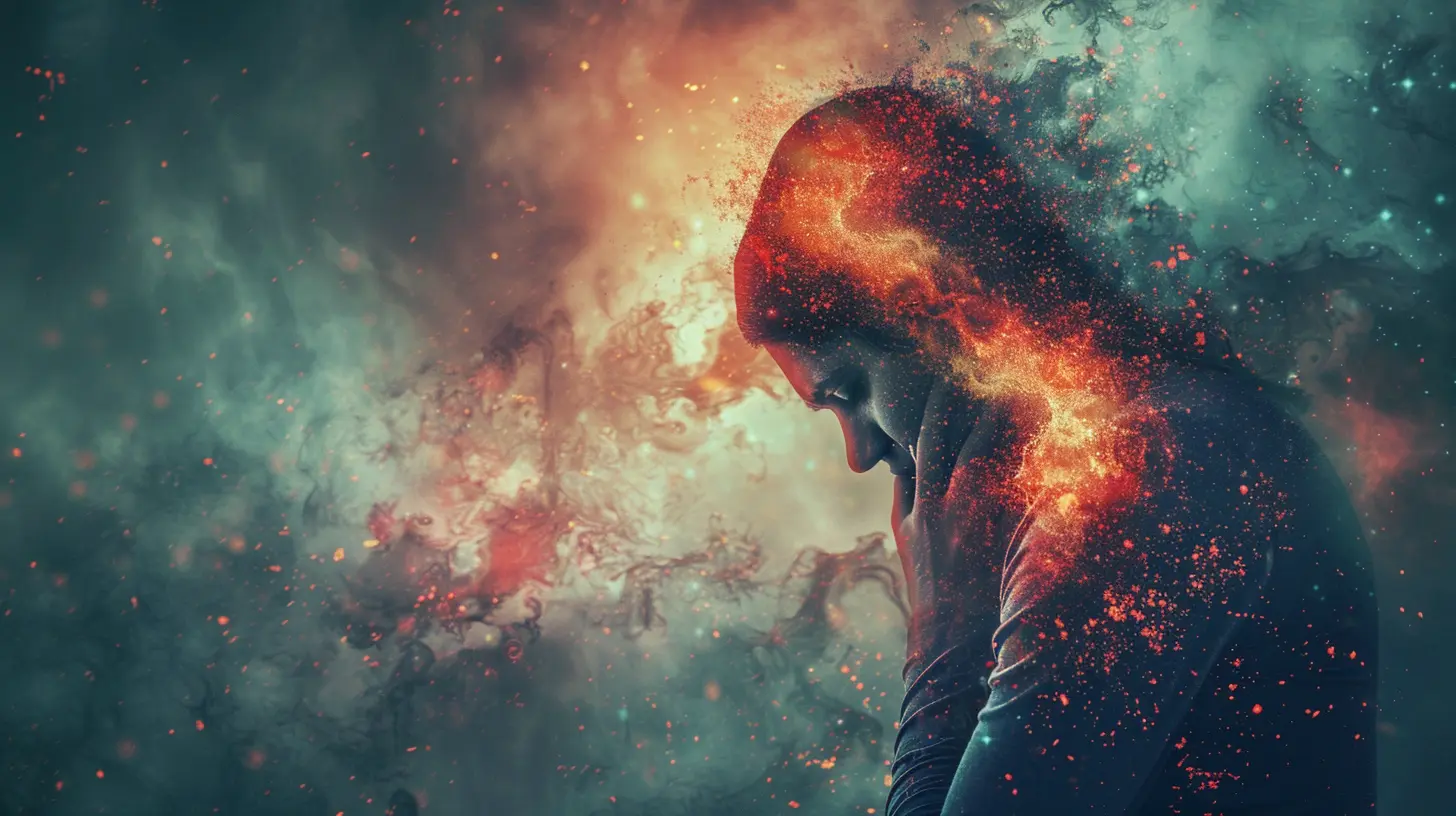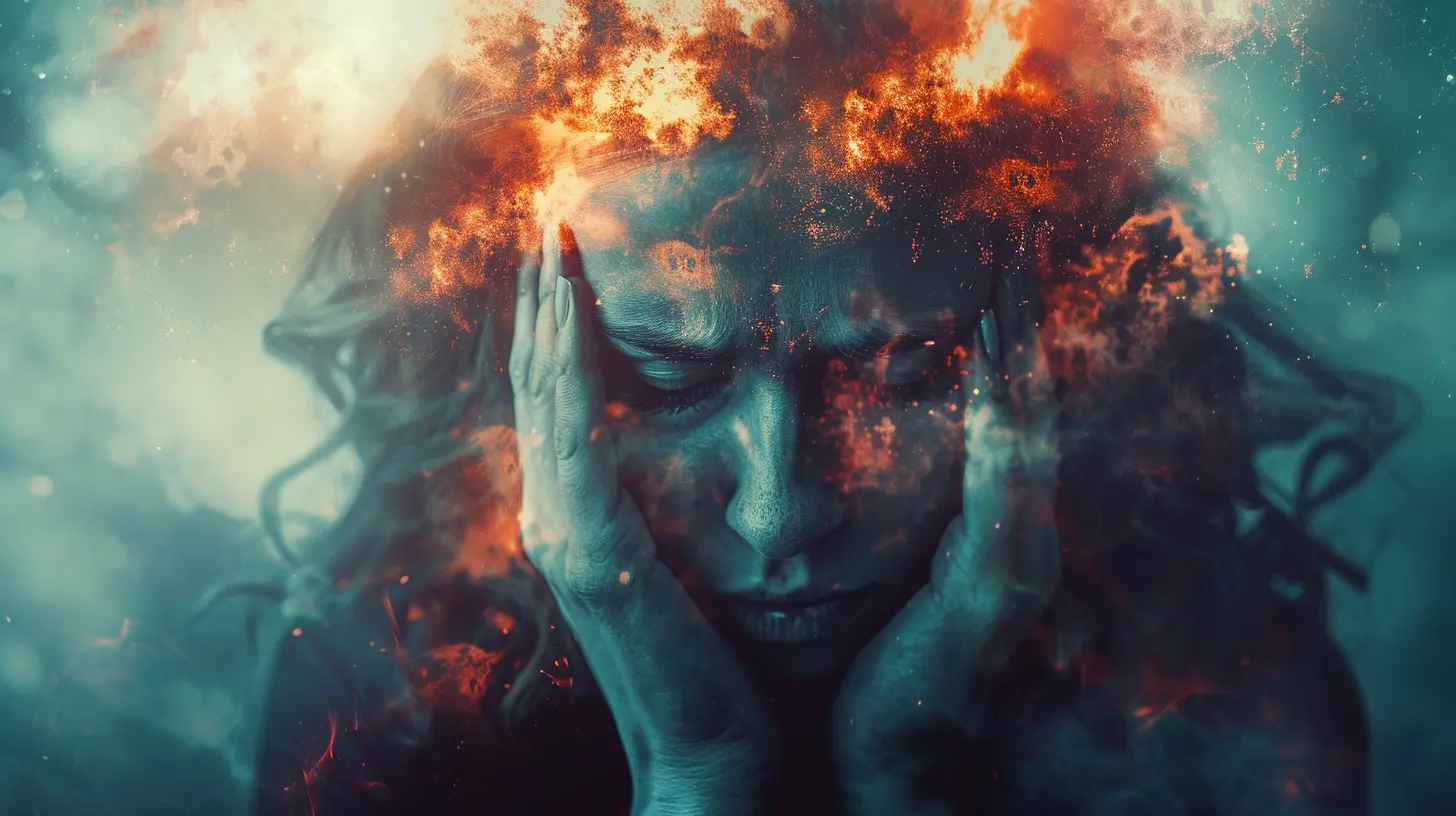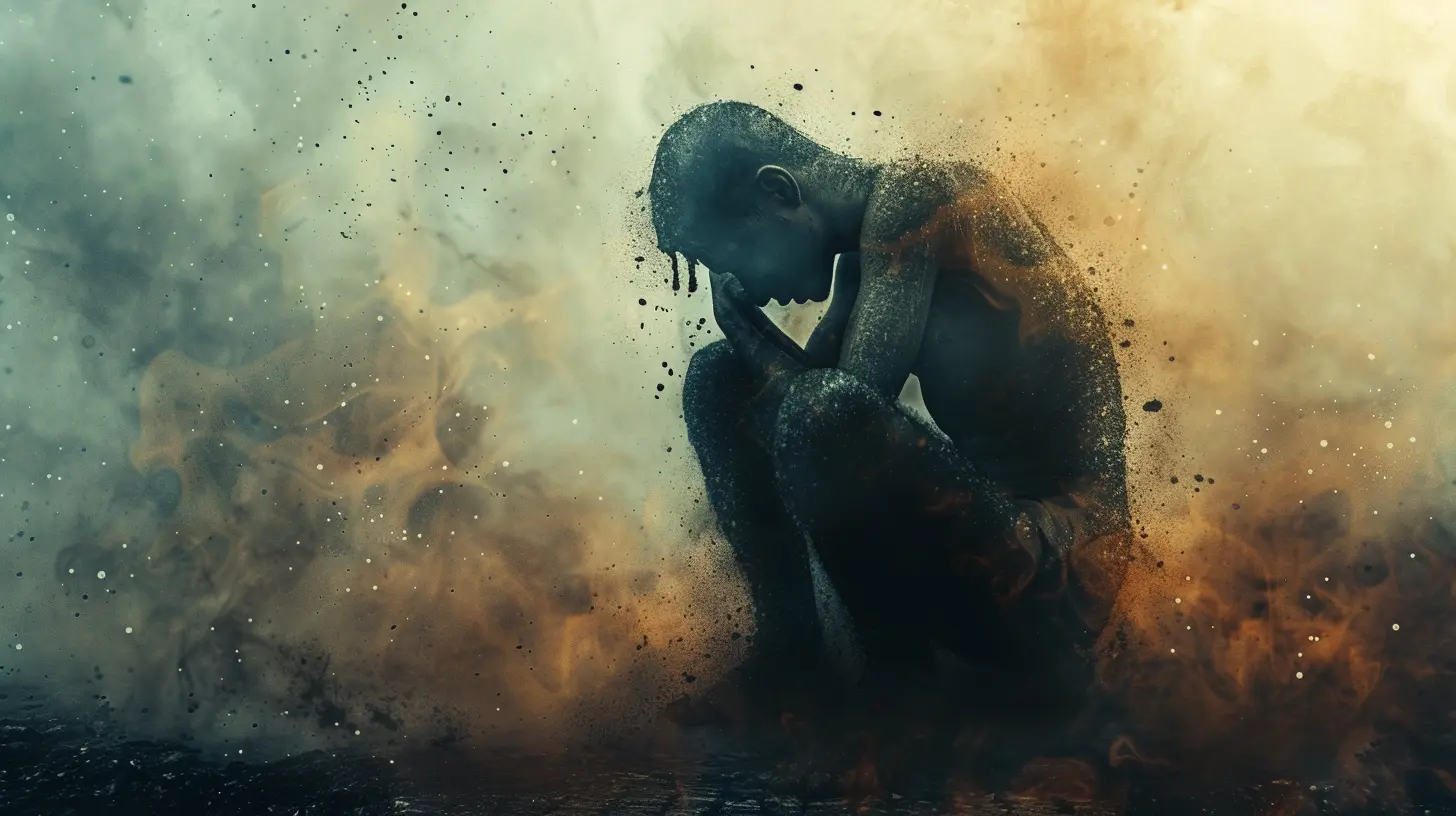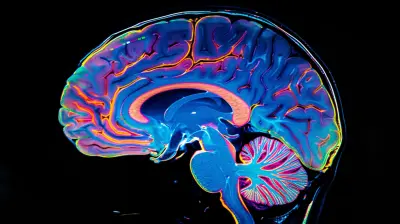The Long-Term Health Effects of Unresolved Trauma
15 July 2025
Trauma. It’s a word we hear a lot. Sometimes it gets thrown around casually—like someone calling a bad breakup “traumatizing.” Other times, it’s used to describe heavy, life-altering experiences like abuse, neglect, violence, or loss. Whatever the cause, trauma leaves a mark. And when it’s unresolved, that mark can go far deeper than we might imagine.
But here’s the kicker: unresolved trauma doesn’t just live in your mind. It lingers in the body, the nervous system, and even the immune system. It becomes a kind of silent passenger—one that subtly (and sometimes not-so-subtly) affects your health for years or even decades.
So, what really happens when trauma goes unresolved? How does it shape our mental, emotional, and physical well-being over time? Let’s dive in.
What Is Trauma, Really?
Before we get into the long-term effects, let’s talk about what trauma actually is. It’s not just about what happens to you—it’s about how your nervous system responds to it.Trauma is essentially the body’s reaction to a deeply distressing or disturbing event. It overwhelms your ability to cope, makes you feel helpless, and can leave you in a state of fear or hyper-alertness even long after the danger has passed.
There are different types:
- Acute trauma: a single event (like a car accident)
- Chronic trauma: repeated events (like ongoing abuse or bullying)
- Complex trauma: exposure to multiple traumatic events, often interpersonal (such as repeated domestic violence)
And here’s the important part: trauma doesn’t always come from what might seem like “big” events. Something as subtle as emotional neglect in childhood can be just as damaging as a major crisis. Your brain doesn’t always distinguish between the two—it just reacts.
The Mind-Body Connection: Trauma Doesn’t Just Fade
You’ve probably heard the phrase “time heals all wounds,” right? Well, when it comes to trauma, that’s not always true—especially if we never get the chance to process or resolve it.The body remembers. And when trauma goes unprocessed, it gets stored—yes, stored—in the body. Ever had a tight chest when anxious? Or a gut-punch feeling when recalling a bad memory? That’s the trauma talking.
Unresolved trauma keeps the body in a near-constant state of “fight, flight, or freeze.” It’s like your nervous system is stuck with the gas pedal pressed down—and no brakes in sight.
How Unresolved Trauma Affects Mental Health
Let’s start with the mental and emotional side of things. Unresolved trauma can tinker with nearly every aspect of your psychological well-being.1. Anxiety and Panic Disorders
If you’ve been feeling constantly on edge, it might be more than just stress. Trauma can wire your brain to expect danger around every corner. It’s like your mind is playing horror movie background music 24/7, even when nothing is happening.2. Depression
Many people with unresolved trauma end up feeling hopeless, numb, or disconnected from life. Depression isn’t always about sadness—it can also be about the inability to feel anything at all.3. PTSD (Post-Traumatic Stress Disorder)
In some cases, unresolved trauma leads directly to PTSD. This can include flashbacks, nightmares, and intense emotional reactions to triggers that remind you of the original event.4. Dissociation
Ever feel like you’re watching your life from outside your body? Like you’re not really “there”? That’s dissociation—a common response to trauma. It’s the mind’s way of protecting itself from pain, but over time, it can chip away at your sense of identity.5. Substance Use and Addiction
Here’s something a lot of people don’t realize: addiction is often rooted in trauma. Substances can become a coping mechanism—a way to numb out, escape, or manage the emotional overload that trauma creates.
Physical Health Effects: When the Body Pays the Price
Now, this is where things get really eye-opening. Unresolved trauma doesn’t just mess with your mood—it also messes with your entire biological system.1. Chronic Stress and Hormonal Imbalance
Living with unresolved trauma means your body is constantly releasing stress hormones like cortisol and adrenaline. Over time, this wears down your adrenal system, disrupts your sleep, and throws off your hormonal balance.2. Autoimmune Disorders
Chronic trauma can weaken the immune system, making you more prone to autoimmune disorders like rheumatoid arthritis, lupus, or thyroid conditions. The body starts attacking itself, often because it doesn’t know how else to respond to the internal chaos.3. Gastrointestinal Issues
You know that gut feeling? It’s real. The gut and brain are deeply connected, and trauma can lead to conditions like IBS (Irritable Bowel Syndrome), chronic constipation, or bloating. If you’re always feeling “sick to your stomach,” it might not just be something you ate.4. Cardiovascular Disease
Long-term stress can increase blood pressure and inflammation, both of which are major risk factors for heart disease. Trauma literally puts a strain on your heart.5. Chronic Pain and Tension
Unresolved trauma often shows up as physical pain. Ever have a stiff neck, aching back, or migraines that no one can quite explain? It could be your body shouting for help in the only way it knows how.Childhood Trauma: The Ghost That Haunts Adulthood
Let’s zoom in for a second on childhood trauma—a major player when it comes to long-term health issues.Kids exposed to trauma often grow into adults who carry those wounds in unseen ways. The brain is still developing during childhood, so traumatic experiences can shape how you think, feel, and react to the world for life.
There’s even a famous study called the ACEs (Adverse Childhood Experiences) study that showed the more traumatic events a person experiences in childhood, the more likely they are to develop health problems later in life—mental, emotional, and physical.
We're talking about:
- Increased risk of heart disease
- Higher rates of depression and anxiety
- Greater likelihood of substance abuse
- Shortened life expectancy
It’s not just psychology—it’s biology.
Trauma and Relationships
Let’s be real: trauma doesn’t just affect us—it affects how we connect with others.Unresolved trauma can show up in the way we love, trust, and communicate. You might find yourself pushing people away because closeness feels dangerous. Or maybe you cling too tightly because being alone reminds you of abandonment.
You might struggle with boundaries, experience intense jealousy, or find it hard to feel truly safe—even in loving relationships.
The sad part? Many people don’t even realize it’s the trauma calling the shots. They just think they’re “bad at relationships.” But often, it’s not a flaw—it’s a scar.
Why We Avoid Dealing With Trauma (And Why That’s a Problem)
Let’s face it—talking about trauma sucks. It’s raw, it’s painful, and it often brings up feelings we’d rather keep buried. So we avoid it.We brush it under the rug.
We stay busy.
We joke it off.
We say “I’ve moved on.”
But the truth? What we resist, persists. And trauma doesn’t get smaller when we ignore it—it just gets sneakier.
Unresolved trauma doesn’t heal on its own. It just festers under the surface, leaking into our decisions, relationships, and health.
Healing Is Possible (And Worth It)
Okay, I know this all sounds really heavy. But there’s a bright side to this story: trauma is treatable. Yes, even the deep, messy, complicated kind.There are incredible tools out there:
- Therapy: Whether it’s traditional talk therapy, EMDR (Eye Movement Desensitization and Reprocessing), or somatic experiencing, finding the right therapist can be life-changing.
- Mindfulness and Meditation: These practices help us reconnect with our bodies and regulate our nervous systems. It’s not about silencing the pain—it’s about listening to it with compassion.
- Community Support: Healing doesn’t happen in isolation. Sometimes just hearing “me too” can be more powerful than any pill or podcast.
- Physical Movement: Yoga, walking, dancing—any kind of movement that lets you release stored tension can be incredibly healing.
Remember: healing isn’t a straight line. It’s a spiral. Some days you’ll feel like you’ve made progress; other days you’ll feel like you’re back at square one. That’s normal. Keep going.
Final Thoughts: Your Past Isn’t Your Prison
If you’ve been carrying the weight of unresolved trauma, please know this: you are not broken. You’re not weak. You’re not “too much.” You’re human. And your nervous system has been doing its best to protect you—even if it hasn’t always known how.The long-term effects of trauma are real, but they’re not a life sentence. With awareness, support, and the right tools, you can start to unlearn the patterns, release the pain, and write a new story for yourself.
You don’t have to be defined by what happened to you. But to truly be free, you've got to feel it to heal it.
Take that first step. You’re worth it.
all images in this post were generated using AI tools
Category:
TraumaAuthor:

Janet Conrad
Discussion
rate this article
1 comments
Lennox Kim
Thank you for sharing this insightful article! It's crucial to recognize the long-term impacts of unresolved trauma. Your perspective sheds light on an important aspect of mental health.
August 5, 2025 at 3:22 PM

Janet Conrad
Thank you for your thoughtful response! I'm glad you found it insightful and valuable.


